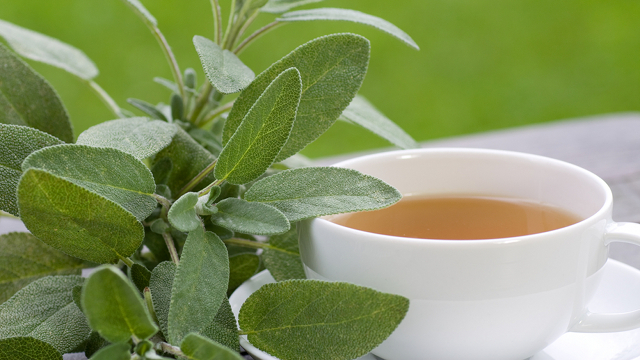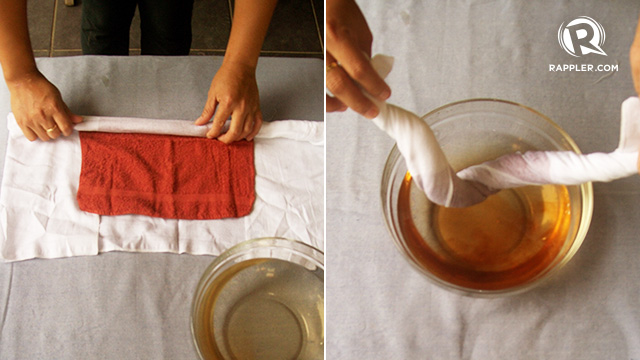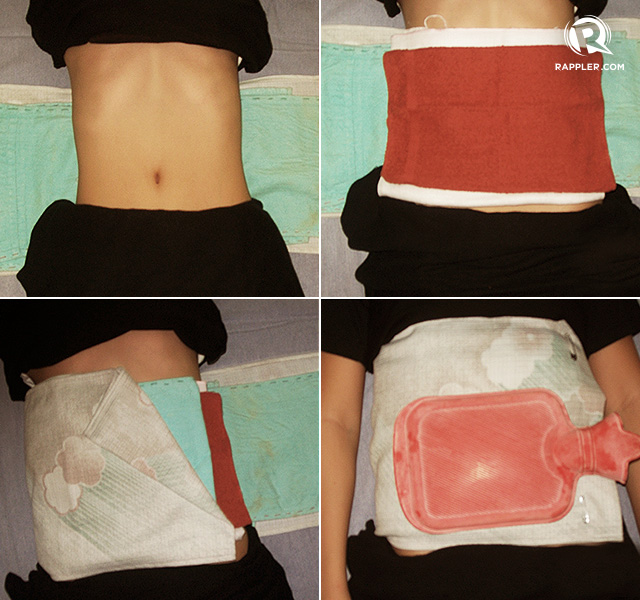SUMMARY
This is AI generated summarization, which may have errors. For context, always refer to the full article.

MANILA, Philippines – As a mom, at the first sign of a cold, fever or sore throat, I would shun the use of aspirin, paracetamol or the all-too-often prescribed antibiotic. I resort to these only as my last option.
Instead, I would reach for my kalamansi, talbos ng kamote and hot compress to do battle with the viruses. Notes from my attendance of health care workshops are aplenty, and the home remedies below are my favorites.
I’ve used these for 17 years, and other mom friends have repeatedly asked me for the recipes.
So here…I’m sharing.
A soothing footbath
When you notice your child has the sniffles, best to act quickly before it develops into a full-blown cold.
A warm footbath will ensure a good night’s rest and, more often than not, is enough to ward off the flu. This footbath works wonders also for adults who have difficulty sleeping.
The essential oil from the kalamansi mixed with warm water relieves sinus congestion and cold, cough and bronchitis, headache, fatigue and depression.
You will need:
- 4 or 5 large kalamansi
- A pail large enough for the patient to comfortably put both feet in
- A knife
- Warm water
- Old knee-high socks and/or binding cloth (two old cloth diapers or cut-up t-shirts will do)
- Virgin coconut oil or lavender massage oil
1. Fill the pail with warm water. Aim for as warm as possible. Use your elbow to check if the temperature is right.
2. It is the essential oil from the fruit skin that you need, so cut the kalamansi into quarters in the water, inside the pail.
3. Uncover the patient’s feet and lift each foot into the footbath. Cover both legs and knees with a large towel so that the heat from the footbath rises up to the patient’s knees. Leave for 10 to 15 minutes. Add hot water if necessary.
4. Place a small towel on your lap and lift the patient’s feet, one at a time, unto your lap. Dry each foot thoroughly, then massage the patient’s foot, ankle and calf with coconut or lavender oil to seal in the warmth.
5. Bind the foot, ankle and calf snugly with the binding cloth and wear the knee-high socks over the binding. Repeat procedure on the other leg.
Dim the room for a restful sleep.
READ: Ayurveda and a season of sickness
Dengue buster
The lowly talbos ng kamote is an immune system booster that Dr. Jenny Madamba of the Integrative Medicine for Alternative Healthcare Systems (INAM) suggests using.
Some early symptoms of dengue are:
- High, continuous fever for two to 7 days
- Headache
- Pain behind the eyes, joint and muscle pain
- Poor appetite
- Weakness
- Abdominal pain
- Bleeding tendencies from the nose and gums
- Red spots on the face, limbs and torso
There is no medicine for dengue, and Dr. Madamba says not to use aspirin to fight the fever; instead, give ample amounts of liquids to rehydrate the patient .
If symptoms persist for two or more days, bring the patient to a doctor.
In my view, talbos ng kamote juice wards off many evils. Kamote tops are a rich source of calcium, phosphorus, antioxidants, iron and vitamins A, B and C. In the case of dengue, it helps “cool” the blood and stops bleeding.
1. Boil one bundle of kamote tops in two liters of water to extract juice. Remove the leaves and let cool.
2. Add the juice of 20 kalamansi and 2 to 3 tablespoons of honey. Vitamin C “dies” in heat so make certain that the kamote juice is cooled down to room temperature before you add it. Serve chilled.
3. If you use purple kamote leaves and add a few stalks of tanlad or lemongrass in the boiling, it’ll taste like pink lemonade and children will love it!
Drink this throughout the day like water to strengthen the immune system.
Chamomile tea abdominal compress
Chamomile tea has long been known to relieve abdominal cramps and dysmenorrhea, aid in the treatment of constipation, reduce restlessness, calm jitters and promote sleep.
When used as a compress, chamomile tea warms and relaxes cramped abdominal muscles.
A word of caution: do not apply this compress where there is acute abdominal pain of unknown origin, severe diarrhea or fever.
You will need:
- Two chamomile teabags to 1 liter of hot water
- Outer cloth binder (outer cloth should be about 11 inches wide and long enough to snugly bind the patient’s abdomen)
- Inner cloth binder (inner cloth should be made of cotton or flannel, slightly smaller than outer cloth)
- Wringing-out cloth (an old cloth diaper or t-shirt would do)
- Compress cloth (a regular face towel will do)
- Hot water bottle
- 2 safety pins
- A pair of tongs
1. In a large basin or bowl, pour very hot water over the two teabags. Cover and allow to steep for 3 to 5 minutes.
2. Spread the outer cloth binder on the bed; the inner cloth binder should be spread on top of the outer.
Have the patient lie on her back, exposing her abdominal area with the cloth binders spread underneath her waist and lower back.
Cover the patient with a blanket to keep her warm while you prepare the compress.
3. Roll the compress cloth or face towel into the “wringing-out cloth,” leaving the ends long enough to grasp and wring. Holding the two ends of the wringing out cloth, dip its center (the portion with the compress cloth) into the hot tea. Hold on to the end of the wringing-out cloth and wring out the excess tea from the compress.

It is important to wring out as much excess fluid as possible to retain the heat. If the compress is too wet, it will cool down quickly and the patient will be uncomfortable and feel the adverse effects of the cold cloth.
4. Quickly unravel the hot compress cloth and pick it up with a pair of tongs. Touch the compress gently on the patient’s abdomen until it feels tolerable; you do not want to burn the patient’s skin!
Apply the compress cloth on the patient’s abdomen. If it is too hot, lay a cotton cloth on the abdomen before putting the hot compress on it.
5. Quickly cover the compress cloth first with the inner binder, then the outer binder. Make sure the cloths are firmly wrapped in place, snug, but not too tight as to constrict circulation or breathing.
Fasten binding cloths with safety pins.

6. Half-fill a rubber water bottle with hot water and place it on top of the patient’s abdomen. Pull the patient’s clothing over the compress. A pillow or rolled towel may be tucked under the patient’s knees for comfort.
Pull a blanket over the patient, covering his feet and shoulders. The compress will stay warm for 20 to 30 minutes.
If the patient falls asleep, then that is a sure sign that the compress is working. You can leave it on the patient to dry out by itself. – Rappler.com
Sources: Notes from various training seminars, especially from the International Postgraduate Medical Training (IPMT) given yearly in various parts of the Philippine / Dr. Jenny Madamba of the Integrative Medicine for Alternative Healthcare Systems (INAM), 82-A Malakas St., Barangay Pinahan, Quezon City
Tea with green leaves photo from Shutterstock
Add a comment
How does this make you feel?
There are no comments yet. Add your comment to start the conversation.